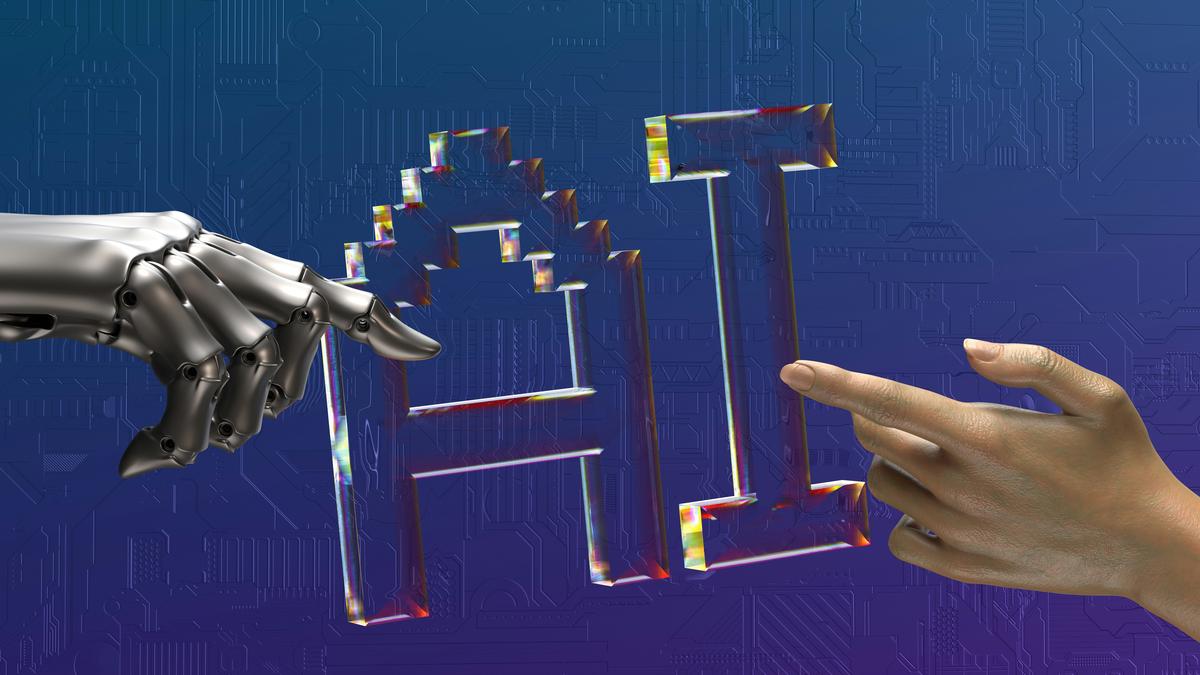
A question for the AI age: do machines and humans learn the same way? Premium
The Hindu
The rise of AI reveals the differences between human and machine learning, sparking new insights into the human brain.
The dramatic surge of artificial intelligence (AI) has also made visible the machines humming underneath to make its applications possible.
From their origins in being able to separate data into different groups, AI today excels at too many tasks to count. Just in 2024, smartphones have started to be sold with AI models built into them while five of the seven men who won the 2024 science Nobel Prizes did so for work in AI.
As it happens, the age of AI also promises to be a time in which scientists will learn a lot about the human brain as well. Existing AI models are inspired mostly by the brains of animals. Since these brains haven’t been easy to study, scientists have been looking to AI models as a proxy.
Machines excel at things that are nearly impossible for most humans, including rapidly analysing large datasets, predicting complex patterns, and learning to play chess like a grandmaster within a day. Yet neuroscientists say they also struggle with tasks that human children find easy, like understanding motives.
“The paradox of today’s AI stems from the fact that the human brain has an evolutionary, biological origin and AI does not,” Celeste Kidd, associate professor of psychology at the University of California, Berkeley, said. “It is likely that [for] the type of intelligence that we have evolved for taking care of helpless offspring, we need to be able to read the intentions of a child that is running towards a cliff [or one] that’s not yet able to feed themselves and say that they are hungry.”
According to Arjun Ramakrishnan, assistant professor in the department of biological sciences and bioengineering at IIT-Kanpur, “at the heart of what drives learning in humans and animals” is a “dual focus on both meeting immediate biological needs and adapting to a constantly shifting environment.”
“The need to secure resources and maintain balance in the face of an ever-changing environment,” he added, “likely spurred the evolution of sophisticated neural mechanisms, driving not just simple responses to immediate needs but also complex learning and strategic decision-making abilities.”





















 Run 3 Space | Play Space Running Game
Run 3 Space | Play Space Running Game Traffic Jam 3D | Online Racing Game
Traffic Jam 3D | Online Racing Game Duck Hunt | Play Old Classic Game
Duck Hunt | Play Old Classic Game











